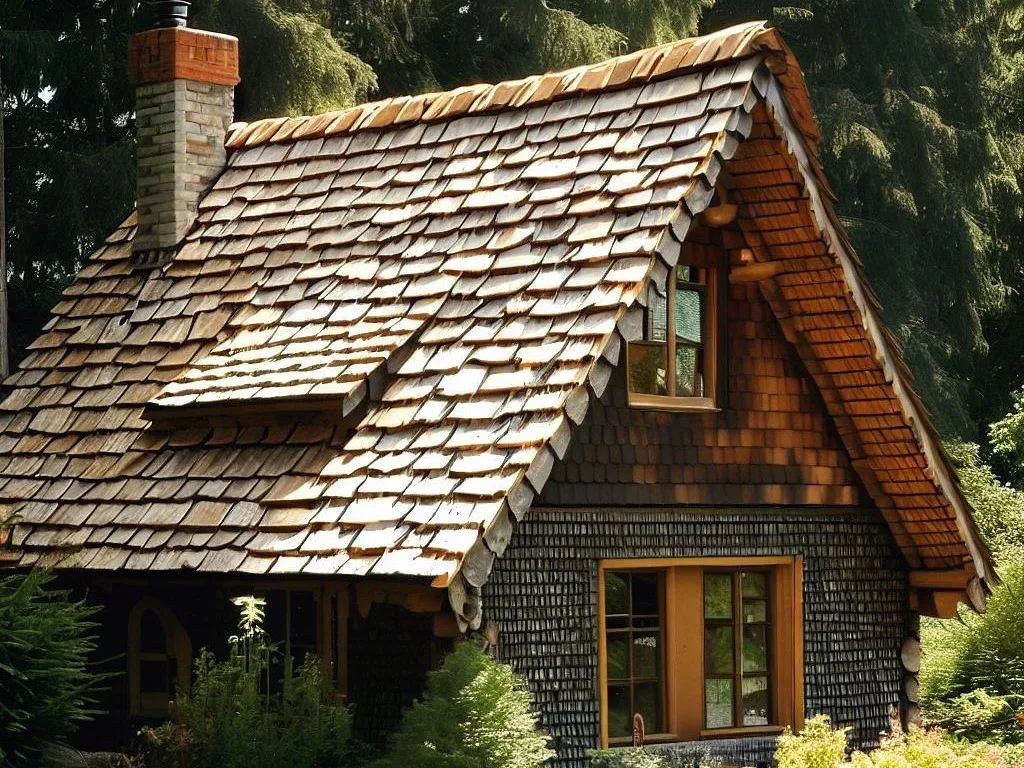Shingle roofing is a popular type of roofing material used in homes and buildings worldwide. It is made up of individual overlapping elements, called shingles, which form a protective layer over the roof. These shingles can be made from various materials, such as asphalt, wood, metal, or slate, and offer many benefits, including durability, affordability, and aesthetic appeal. In this article, we will explore the advantages and disadvantages of shingle roofing and provide useful tips for maintaining your shingle roof.
Advantages of Shingle Roofing:
- Durability: Shingle roofs are durable and can last for many years with proper maintenance. Asphalt shingles, for instance, can last up to 20 years, while slate shingles can last up to 100 years.
- Affordability: Shingle roofing is one of the most affordable roofing options available. It is relatively inexpensive to install and replace compared to other roofing materials.
- Aesthetic appeal: Shingle roofs come in a variety of colors, shapes, and sizes, making it easy to find a style that complements your home's architecture. They can also mimic the look of more expensive roofing materials, such as slate or wood, at a fraction of the cost.
- Ease of installation: Shingle roofing is easy to install and requires minimal specialized equipment. This means that the installation process can be completed quickly and efficiently, reducing labour costs.
Disadvantages of Shingle Roofing:
- Lack of insulation: Shingle roofing provides minimal insulation compared to other roofing materials, such as metal or clay tiles. This can result in higher heating and cooling costs, especially in extreme weather conditions.
- Susceptibility to damage: Shingle roofs can be damaged by extreme weather conditions, such as high winds, hailstorms, and heavy snow. Additionally, the shingles can become loose over time, leading to leaks and other water damage.
- Maintenance: Shingle roofing requires regular maintenance to keep it in good condition. This includes removing debris, cleaning gutters, and inspecting the roof for signs of damage or wear.
Tips for Maintaining Your Shingle Roof:
- Regular Inspections: Regular inspections can help you detect and address any issues with your shingle roof before they become major problems. It is recommended to inspect your roof at least once a year or after severe weather events.
- Clear Debris: Debris, such as leaves, twigs, and branches, can accumulate on your roof and cause damage to your shingles. Regularly clearing debris from your roof can prevent this damage.
- Clean Gutters: Clogged gutters can prevent proper water drainage, leading to water damage and leaks in your shingle roof. Clean your gutters regularly to prevent this.
- Address Leaks Promptly: If you notice any leaks or water damage, address them promptly to prevent further damage to your roof and home.
Conclusion:
Shingle roofing is an affordable, durable, and aesthetically appealing roofing option. While it has some disadvantages, such as susceptibility to damage and lack of insulation, regular maintenance can help prevent these issues. By following the tips outlined in this article, you can keep your shingle roof in good condition for many years. If you're considering shingle roofing for your home, be sure to consult with a professional roofer to determine the best materials and installation method for your needs.








No comments:
Post a Comment